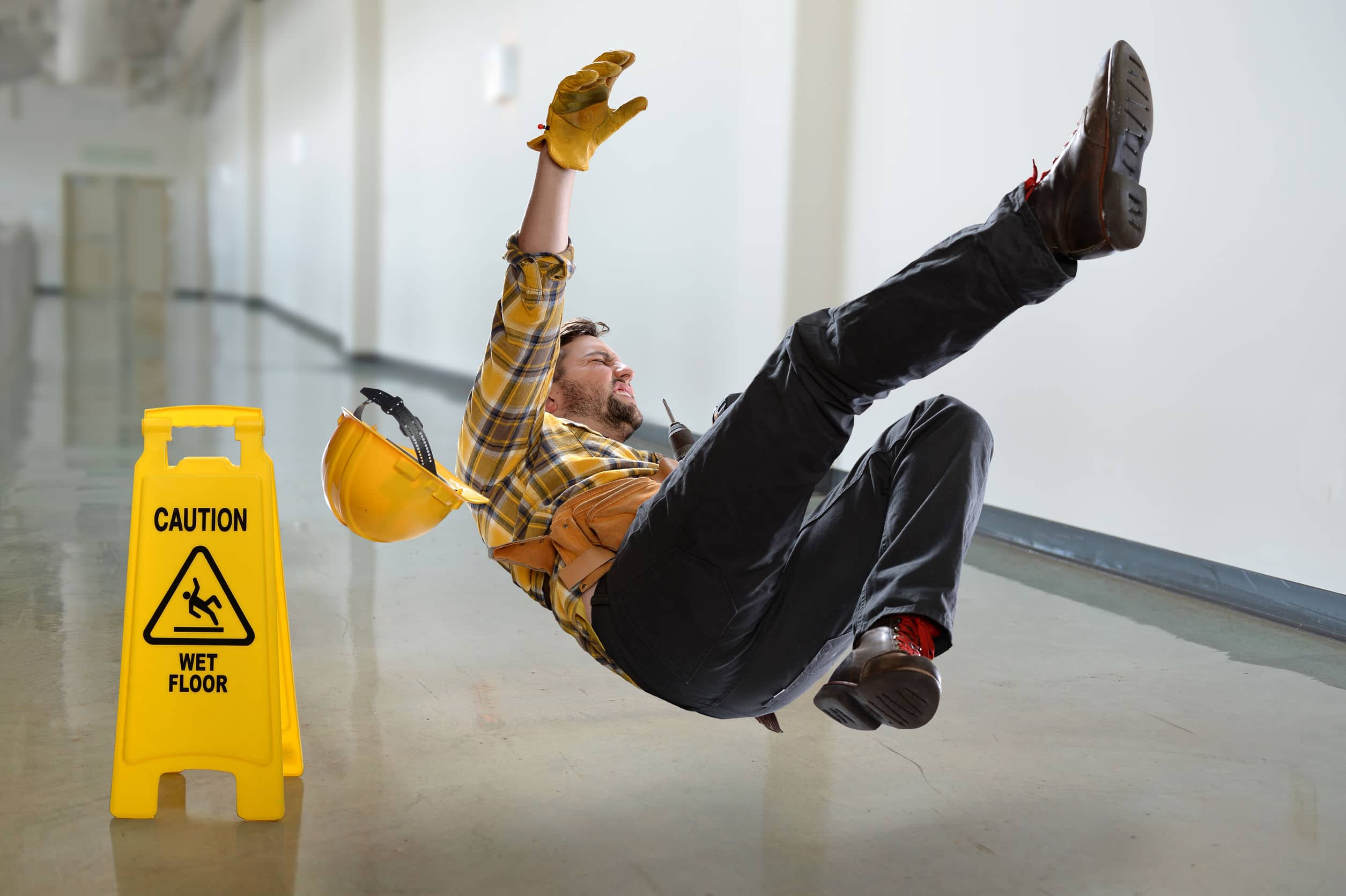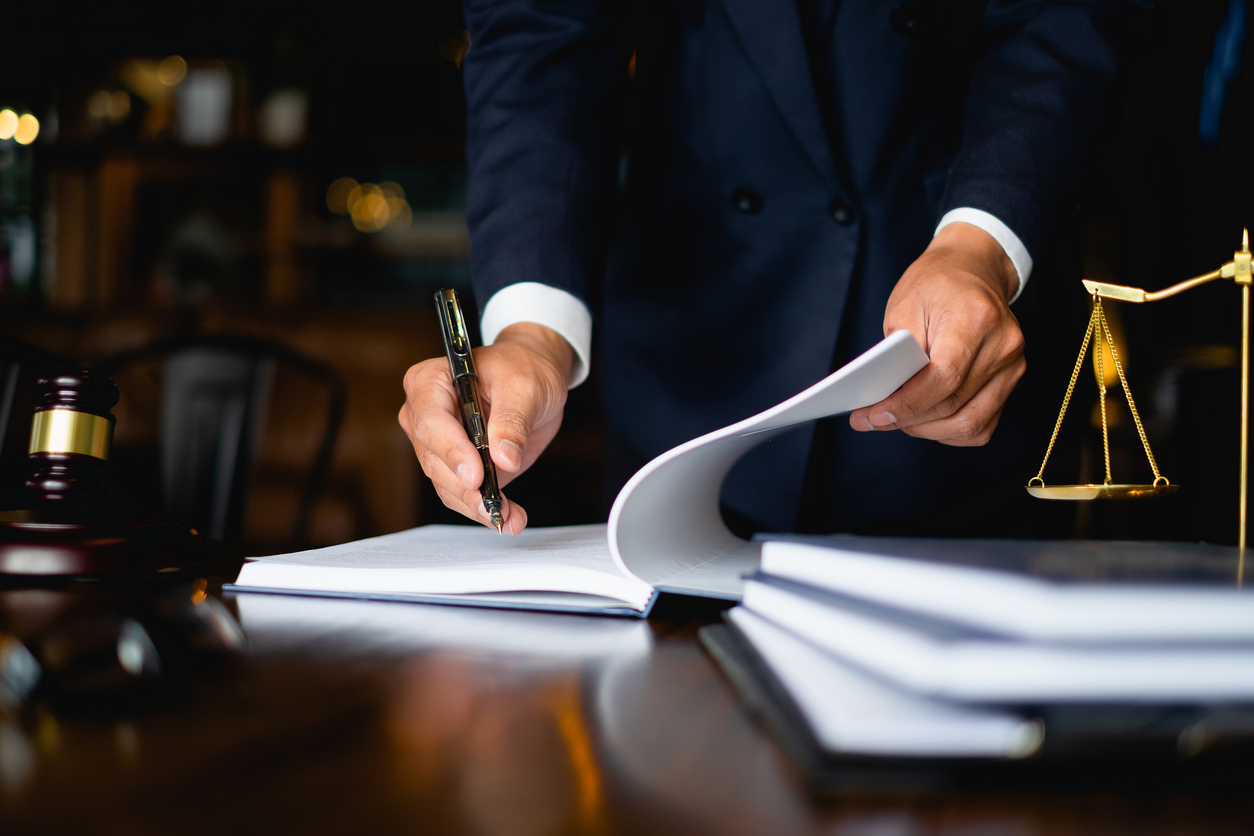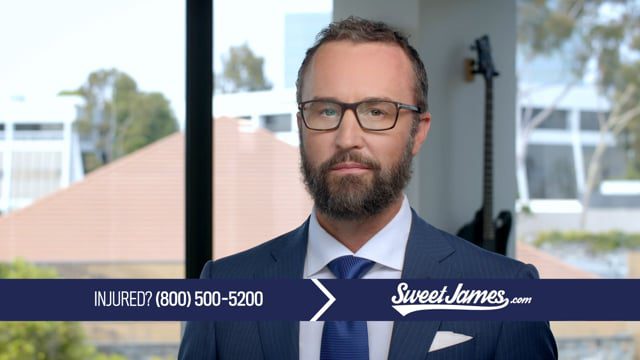The responsibility of preventing slip and fall accidents lies with the property owner.

Not only do slip and fall incidents lead to severe physical harm and mental distress, but they can also result in significant financial burdens on the victims. It is the responsibility of property owners to ensure a secure environment for their guests and visitors, and this duty cannot be neglected. However, what exactly does this responsibility entail, and what actions can be taken by property owners to prevent such accidents on their premises? This post will explore the role that property owners have in avoiding slip and fall incidents, which includes their legal obligations, common sources of these accidents, and practical steps to minimize injuries. Therefore, if you are the proprietor of a business, a residential property, or a public venue, continue reading to learn how you can protect your guests’ safety and yourself from potential liability.
I. The opening to the topic of slip and fall accidents and the obligation of property owners
Slip and fall accidents are a common type of personal injury incident that can occur when individuals encounter hazardous conditions on someone else’s property. Property owners have a legal responsibility to maintain safe premises and take necessary precautions to prevent slip and fall accidents. Understanding the property owner’s responsibility is crucial in holding them accountable for negligence. Here’s an introduction to slip and fall accidents and the property owner’s responsibility:
Slip and fall accidents refer to incidents where a person slips, trips, or falls on someone else’s property due to hazardous conditions, such as wet floors, uneven surfaces, poor lighting, or debris. These accidents can lead to severe injuries, including fractures, head injuries, sprains, and more.
Property owners, whether residential or commercial, have a duty of care to provide a safe environment for visitors, customers, tenants, or guests. This duty includes taking reasonable measures to prevent potential hazards and promptly addressing any dangers that arise. Here are key aspects of the property owner’s responsibility:
- Maintenance and Inspections: Property owners should regularly inspect their premises to identify and address potential hazards. This includes checking for uneven walkways, damaged flooring, loose handrails, icy or wet surfaces, poor lighting, and other conditions that could lead to slip and fall accidents.
- Repairing Hazards: If hazardous conditions are discovered or reported, property owners should take prompt action to repair them. This could involve fixing broken steps, repairing damaged flooring, or addressing other hazards that could cause accidents.
- Warning Signs: In situations where immediate repairs are not feasible, property owners should use warning signs or barriers to alert visitors to potential hazards. Placing signs such as “Caution: Wet Floor” near spills or using cones to mark areas under repair can help prevent accidents by notifying individuals of the potential danger.
- Regular Cleaning and Maintenance: Property owners should maintain a regular cleaning and maintenance schedule to keep their premises safe. This includes promptly cleaning spills, removing snow and ice, clearing debris, and addressing any other hazards that may arise.
- Adequate Lighting: Proper lighting is essential in preventing slip and fall accidents. Property owners should ensure that all areas of their premises are well-lit, both indoors and outdoors, to minimize the risk of trips, falls, or missteps due to poor visibility.
- Compliance with Regulations: Property owners are expected to comply with applicable building codes, safety regulations, and industry standards. These requirements may include specifications for handrails, stairway dimensions, floor surfaces, and other safety features. Complying with these standards helps minimize the risk of slip and fall accidents.
When property owners fail to fulfill their responsibility and negligence leads to a slip and fall accident, they may be liable for the resulting injuries and damages. In such cases, injured individuals may pursue a personal injury claim to seek compensation for medical expenses, pain and suffering, lost wages, and other related losses.
It’s important to consult with a knowledgeable personal injury attorney to understand the specific laws and legal requirements regarding slip and fall accidents in your jurisdiction. An attorney can provide guidance and assist in building a strong case to hold the property owner accountable for their negligence and pursue rightful compensation.
II. The possible causes of slip and fall accidents
Slip and fall accidents can occur due to various factors and hazardous conditions. Understanding the common causes of these accidents is important in identifying potential dangers and taking preventive measures. Here are some common causes of slip and fall accidents:
- Wet or Slippery Surfaces: One of the leading causes of slip and fall accidents is encountering wet or slippery surfaces. This can include freshly mopped or waxed floors, spills that haven’t been cleaned up, or surfaces affected by rain, ice, or snow.
- Uneven or Damaged Flooring: Flooring that is uneven, cracked, or damaged can pose a tripping hazard, leading to slip and fall accidents. Examples include broken tiles, loose carpeting, or uneven pavement.
- Poor Lighting: Insufficient or inadequate lighting can make it difficult to see potential hazards, increasing the risk of slip and fall accidents. Dimly lit areas, poorly placed lighting fixtures, or burnt-out bulbs can contribute to accidents, especially in stairwells, hallways, or parking lots.
- Lack of Warning Signs: When hazardous conditions are present but not adequately marked with warning signs or barriers, individuals may be unaware of the potential dangers. This can include failure to warn about wet floors, ongoing construction, or areas under repair.
- Loose or Insufficient Handrails: Absence or inadequacy of handrails on staircases or ramps can lead to falls, especially for individuals with limited mobility or balance issues.
- Cluttered Walkways: Obstacles, clutter, or debris in walkways can increase the risk of tripping and falling. This can include items left in walkways, unsecured cables or cords, or objects obstructing the path.
- Inadequate or Improperly Maintained Outdoor Areas: Outdoor areas that are poorly maintained, such as parking lots, sidewalks, or entryways, can present hazards like cracked pavement, potholes, ice, or snow accumulation.
- Improper Footwear: Inappropriate footwear with inadequate traction can contribute to slip and fall accidents, especially on slippery surfaces.
- Negligence in Staircase Design or Maintenance: Defective or poorly designed staircases, lack of handrails, or failure to maintain stairs in good condition can increase the risk of falls on stairs.
- Lack of Training or Safety Protocols: In some cases, slip and fall accidents can occur due to inadequate training or lack of safety protocols in workplaces, resulting in unsafe conditions for employees or visitors.
It’s important to note that these causes can overlap, and multiple factors may contribute to a slip and fall accident. Property owners, employers, and individuals should take proactive measures to address these hazards and maintain safe environments to prevent such accidents from occurring.
III. Safety measures to avoid slipping and falling accidents
Preventing slip and fall accidents requires proactive measures and a commitment to maintaining safe environments. Here are some preventive measures that can help reduce the risk of slip and fall accidents:
- Regular Inspection and Maintenance: Conduct routine inspections of the premises to identify and promptly address potential hazards. Repair or replace damaged flooring, uneven surfaces, loose handrails, or other hazards as soon as they are discovered.
- Floor Surfaces: Use non-slip flooring materials and ensure that surfaces are properly maintained. Consider using slip-resistant coatings or mats in areas prone to spills or moisture accumulation.
- Cleaning and Spills: Implement regular cleaning schedules and promptly clean up spills or wet areas. Use warning signs or barricades to notify individuals of ongoing cleaning activities or wet floors.
- Adequate Lighting: Ensure that all areas are well-lit, both indoors and outdoors, to improve visibility and reduce the risk of trips and falls. Replace burnt-out bulbs promptly and consider installing motion-activated lighting in areas with low foot traffic.
- Signage and Warnings: Place clear and visible warning signs in areas with potential hazards, such as wet floors, areas under repair, or uneven surfaces. Use caution tape or barricades when necessary to prevent access to dangerous areas.
- Handrails and Guardrails: Install sturdy handrails and guardrails in staircases, ramps, and elevated areas to provide support and prevent falls. Regularly inspect and maintain them to ensure their stability and condition.
- Clutter and Obstacles: Keep walkways, hallways, and other common areas clear of clutter, debris, or obstacles that could trip individuals. Secure cables or cords properly to prevent them from becoming trip hazards.
- Snow and Ice Removal: Establish snow and ice removal protocols during winter months to minimize the risk of slip and fall accidents outdoors. Clear walkways, parking lots, and entrances promptly, and use salt or de-icing agents to improve traction.
- Employee Training: Provide training to employees on safe practices, such as proper cleaning procedures, recognizing and reporting hazards, and using caution in high-risk areas. Encourage employees to wear appropriate footwear with good traction.
- Accessibility: Ensure that walkways, ramps, and entrances comply with accessibility standards to accommodate individuals with disabilities. This includes maintaining proper slope gradients, installing handrails, and providing adequate lighting.
- Regular Maintenance of Outdoor Areas: Conduct regular maintenance of outdoor areas, including repairing cracks or potholes in walkways, ensuring proper drainage to prevent standing water, and promptly addressing any other hazards.
By implementing these preventive measures, property owners, employers, and individuals can create safer environments and reduce the risk of slip and fall accidents. It’s important to regularly assess and address potential hazards to maintain a high level of safety.




